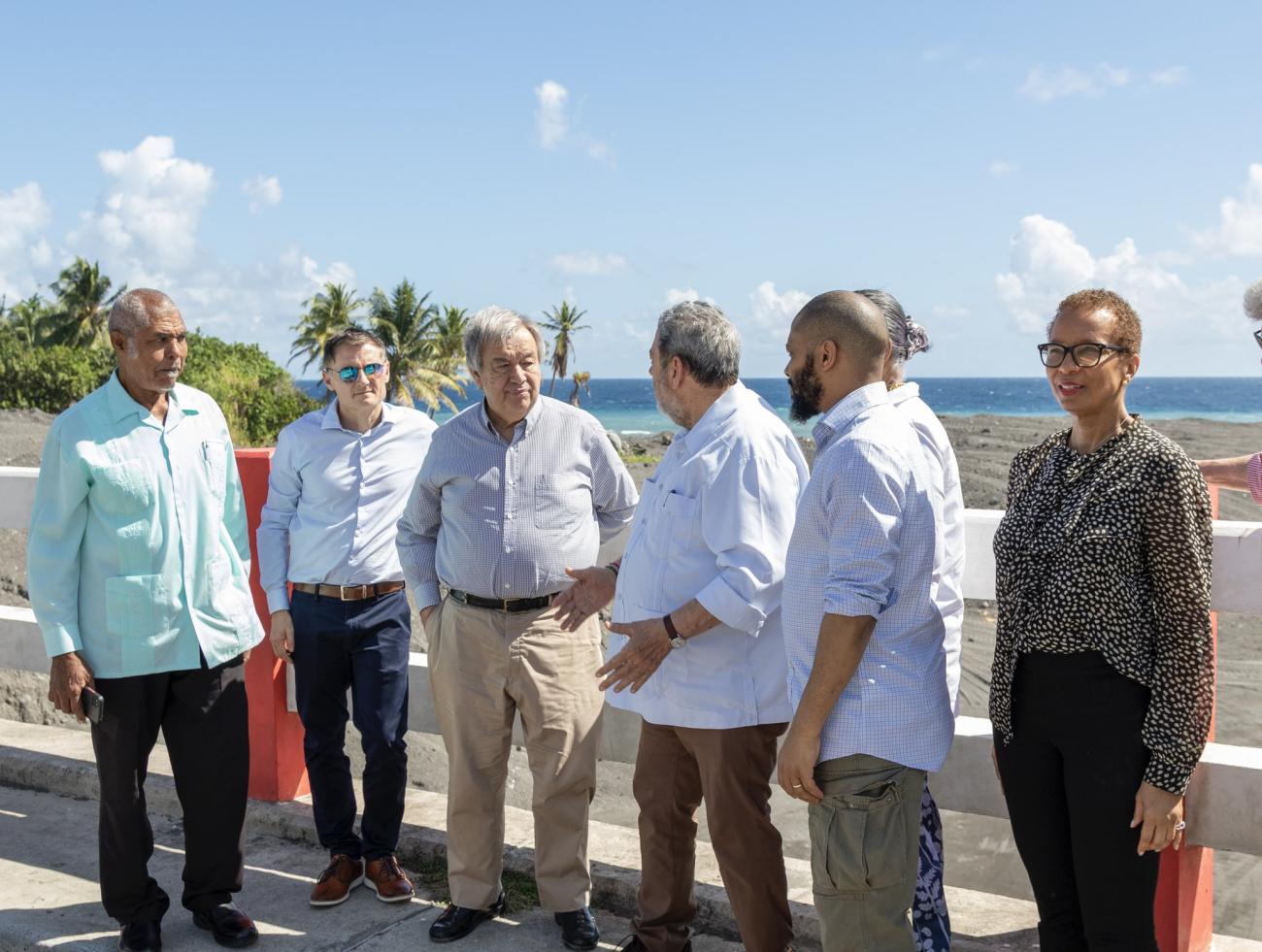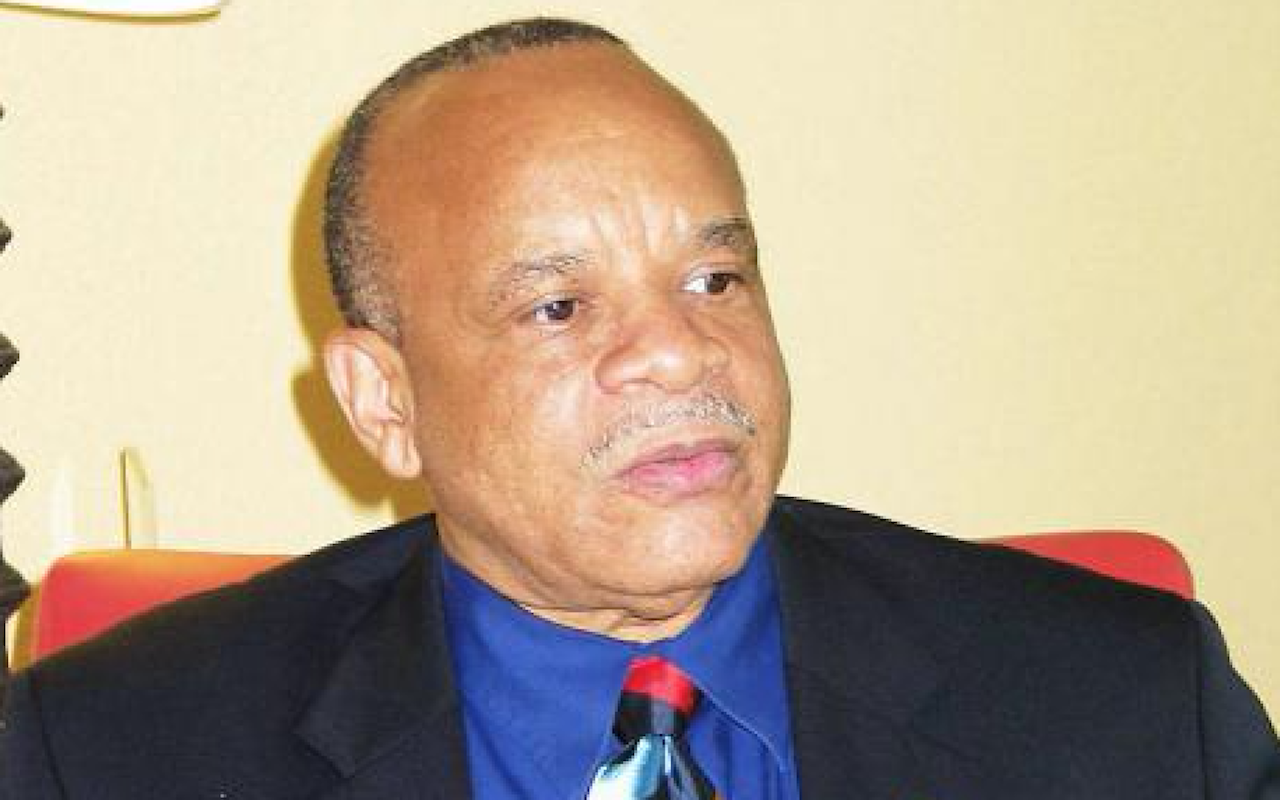By Robert Blenker, President and CEO of WRB Energy
Over the last decade, insurance premiums for renewable energy projects have increased significantly, mainly due to the greater frequency and intensity of natural disasters and extreme weather events and the resulting claims. Given these rising insurance costs, renewable energy developers, especially in the Caribbean where recent hurricanes and tropical storms have battered the region, are finding it difficult to afford the necessary insurance policies to protect project development and comply with investment criteria.
Timing is Critical
According to David Cox, Managing Advisor at BKS-Partners D&M Insurance Solutions, a leader in the renewable energy industry, insurers of renewable energy projects are reviewing and reassessing a variety of factors associated with risk insurance, hazard insurance, and shipping insurance for projects slated during storm season. The difficulty of securing insurance policies is affecting the project development process and supply chain. In addition, reinsurers are taking less risk in markets worldwide that are vulnerable to severe weather events, fires, and floods.
There are also numerous other threats beyond weather that are increasing insurance premiums. These include technology modifications, changes in equipment warranties, increased competition to build faster at lower costs, political volatility, regulatory changes, and cyber risks. “All of these elements are increasing insurance costs and impacting project development for renewables worldwide,” says Mr. Cox. “As an industry, we’re working closely with our clients to address the issues and protect investments to help contain costs.”
Increase in solar claims
In a recent Solar Power World article, renewable insurance provider GCube reported that 50% of solar claims came from weather-related occurrences between 2011 and 2015. GCube also has stated that the average solar claims severity in those five years increased by 87, predominantly as a result of the greater impact of weather-related losses. In 2019, GCube cited that wildfires, hurricanes, and tornadoes accounted for 15 percent of all claims in 2018.
Will higher premiums affect construction standards?
If you are currently constructing solar installations to withstand 160+ mph winds, what’s the overall performance risk of building to withstand only 100 mph winds to cut costs? Construction and equipment standards, including depth of foundations, racking, and enclosures, are all affected. For the long-term sustainability of the renewable energy industry, it’s critical to maintain high-performance standards to protect the integrity, performance, and lifecycle of the installations. Mitigating risks by designing and building in resiliency measures at the outset helps ensure system performance and a sound return on investment cost-effectively. However, building for quality and resiliency and the higher associated costs, do not necessarily yield the lower energy prices necessary to win a highly competitive tender.
Risk mitigation efforts
It is vital to have open discussions between insurers, developers, and investors to help identify ways to mitigate increased insurance costs while maintaining high standards for assessing location risks, site selection, product quality, and best practices for renewable energy construction.
At WRB Energy, we undergo a rigorous procedure for minimizing risks during our renewable energy development process. For example, WRB’s 28 MWp Content Solar installation in Jamaica was unaffected by the severe weather condition that inundated the area with over 17 feet of floodwater in 2017. The resiliency of Content Solar reflects its proper design, prudent siting, and use of sound construction methods and high-quality equipment. Content Solar was designed in compliance with internationally recognized standards that meet and exceed Jamaica’s standards for electrical, structural, and environmental requirements.
WRB Energy’s pre-construction checklist includes flood mapping and wind surveys. Solar panels are tested to help ensure greater resiliency in case of severe storms and hurricanes. The racking used on Content Solar is specially designed to withstand hurricane-force winds. Location and quality construction are of paramount importance. We assess and build every project to perform as forecast.





